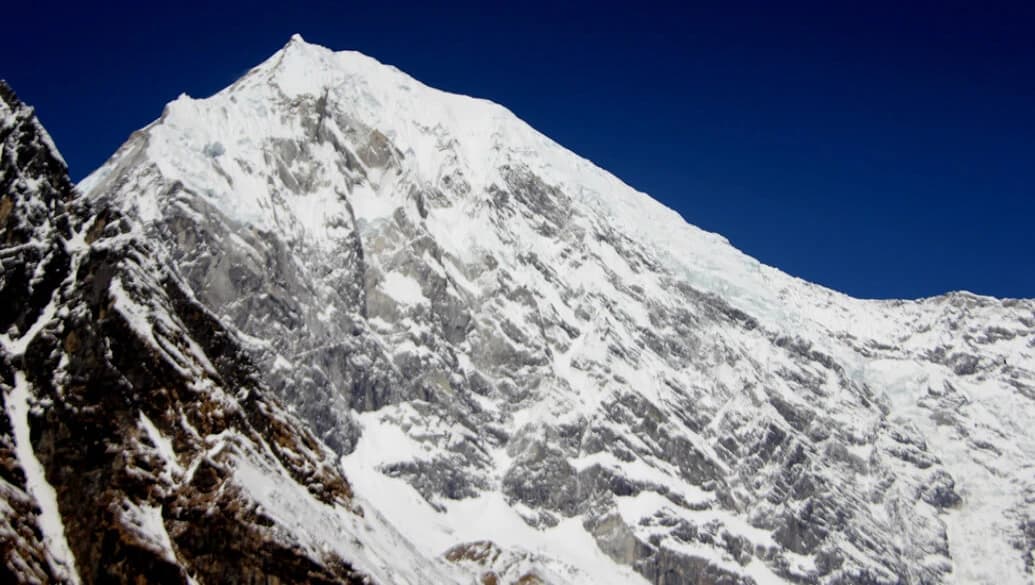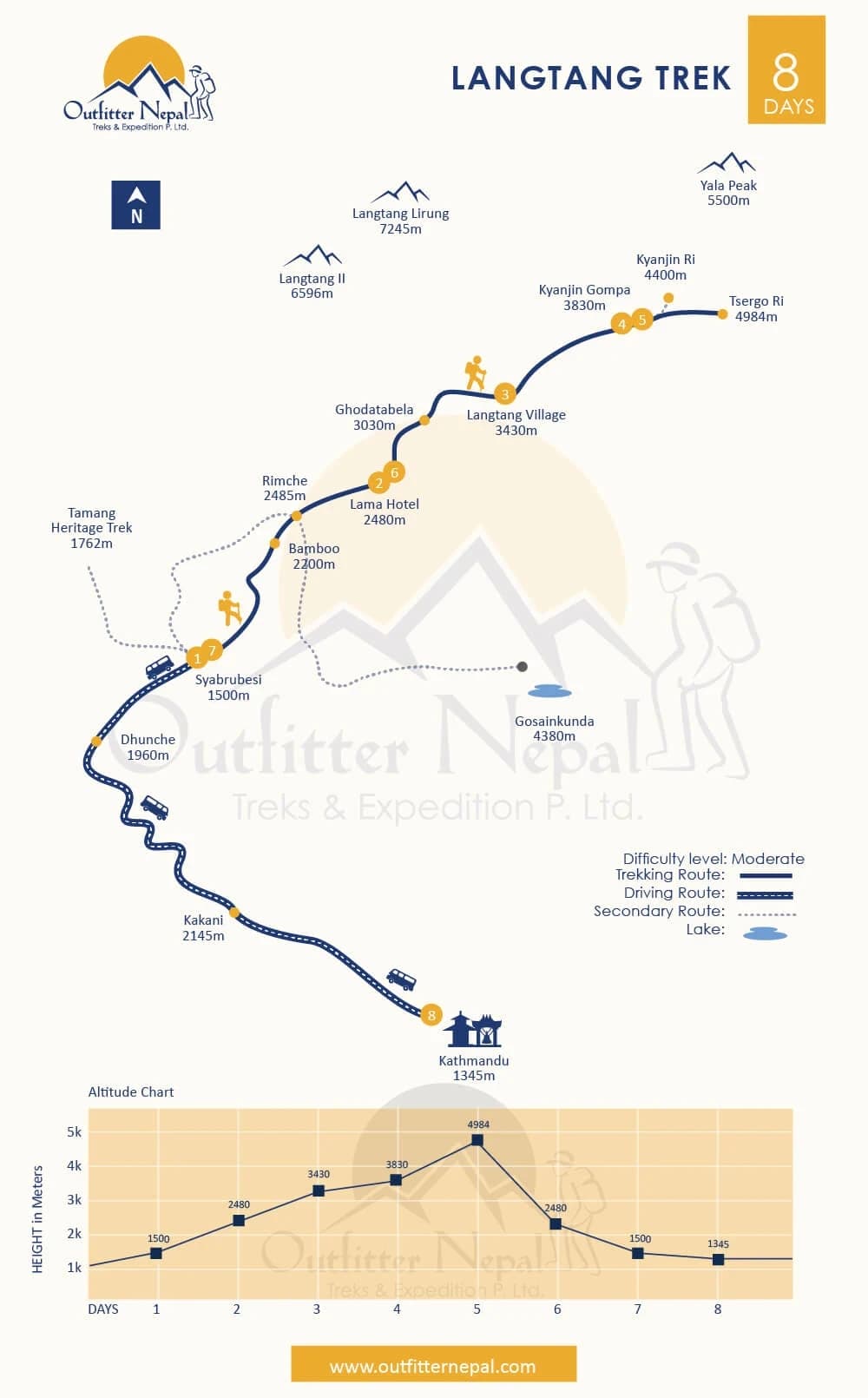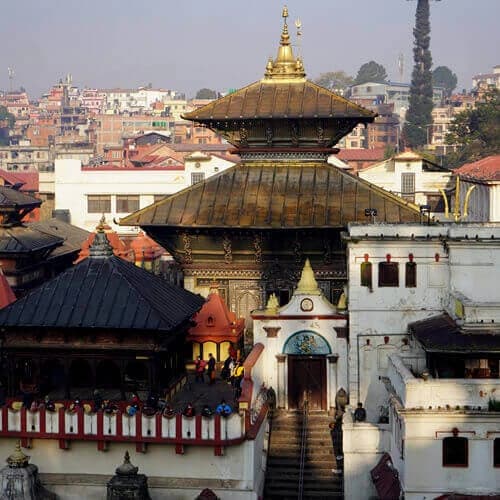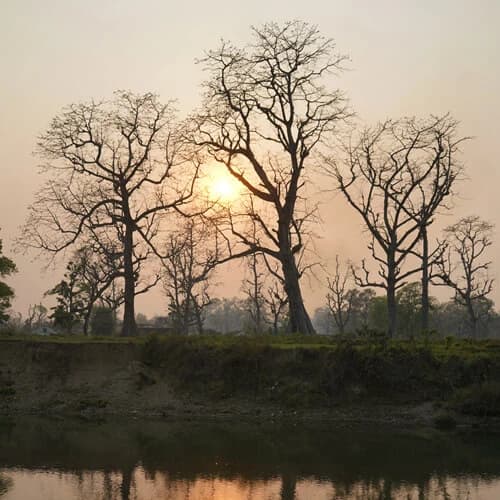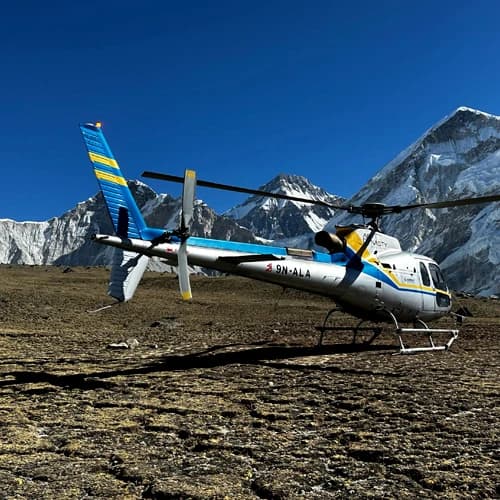Langtang Trek 8 Days Trip Overview
This well-designed hiking itinerary takes you to the glorious valley of Langtang, passing by lush green forests, beautiful villages, roaring waterfalls, and incredible mountain landscapes in just 8 Days Langtang Trek. This Langtang trekking 8 Days package is full of valuable resources that answer most of your questions regarding the trek. Follow through for more information that will eventually help you plan the excursion.
Situated 145 km away from Kathmandu, Syaprubesi is the entry point of theLangtang Valley Trek 8 Days that takes you to the wilderness that the Langtang region is known for. This less-traveled hiking route is gradually gaining popularity and is believed to be the 3rd most popular trekking destination after Everest and Annapurna. Adding more to its already beautiful natural beauty is the cultural heritage that the Tamang people of Langtang have preserved to date.
During these 8 days of trekking in the Langtang region, you will traverse through theLangtang National Park, which inhabits numerous species of plants and animals unique to the region. You'd thoroughly enjoy the rest day at Kyanjin Gompa (3870 m), which is encircled by the great Himalayas. The excursion to the monastery and local cheese factory is another highlight that sets the Langtang trek apart from other trekking routes in Nepal.
Outfitter Nepal has vast experience conducting treks in the Himalayas of Nepal. You can count on us for a safe and enjoyable journey to the foothills of the majestic mountains. Join us on our 8-day trek to the Langtang valley in 2026/2027, or get in touch with us to customize the trek to meet your needs.
Hiking through the first Himalayan National Park of Nepal
The Langtang Valley and most of the Langtang trekking route fall under the Langtang National Park, established in 1976 as Nepal's first Himalayan National Park. A total of 14 vegetation and 18 ecosystem types appear in the park, including tropical forests, alpine scrub, and perennial ice.
You will witness a variety of landscapes inside the park, as well as several mountain peaks like Yala Peak, Langtang Lirung, Gangchhempo, and others. In addition to offering breathtaking views, the park is home to some endangered species of wildlife, including the black bear, Himalayan Tahr, red panda, dzo, and rare kinds of deer & monkeys.
The Exceptional Landscape of Langtang Himalayas
The 8 Days Langtang Trek offers breathtaking landscapes the entire way. The trail passes through several deep forests, beautiful valleys, pristine lakes, thundering waterfalls, and charming settlements.
The Himalayas' sparkling vista further enhances Langtang's charm. You can enjoy the sight of several mountain peaks, including Langtang Himal, Yala Peak, Ghangchhempo, Morimoto Peak, Dorje Lakpa, Pogen Dhokpu, etc. If the weather is in your favor, you might as well see Mt. Annapurna and Ganesh Himal.
Best Features of the Langtag Small Group Trek 8 Days
- A short yet delightful Himalayan trek route that's close to Kathmandu
- Scenic drive from Kathmandu to Syabrubesi and back
- Hike through the incredible landscape of the Langtang region
- Explore picturesque Langtang village and ancient Kyanjin Gompa
- Visit Kyanjin Gompa's local cheese factory
- Enjoy the breathtaking views of the Langtang's mountains
- Learn about Tibetan Buddhist culture from the locals
But before that, let's learn more about the Langtang Trek 8 Days excursion.
Langtang, The Valley of Glaciers
The Langtang valley has gained its name of "the Valley of Glaciers", because of several glaciers in the region. The longest glacier in the area, the Langtang Glacier, originates from Langtang Lirung's Himalayan peak. The glacier, located at elevations between 4,500 and 7000 meters, is primarily covered in debris. It creates a lovely atmosphere in the valley and makes trekking in the Langtang region far more enjoyable.
Experience the rich Tamang Heritage in Langtang
You will pass through a number of villages and human settlements on the journey, including Syabrubeshi, Lama Hotel, Langtang Village, Kyanjin Gompa, and others. Indigenous Gurung, Sherpa, and Tamang tribes reside in these regions. They are warm and welcoming people who would welcome the travelers in their neighborhoods with great honor.
Among all, Tamang communities predominantly reside in the Langtang region. You will learn about the rich Tamang culture, traditions, and way of life as you pass by several Tamang villages on the way. Tamangs living in the region are believed to be Tibetan descendants, so you'll notice similarities between the two. You'll forever remember the hospitable locals and their unique culture.
Kyanjin Gompa and its Famous Cheese Factory
Located at an altitude of 3870 meters in the foothill of 3 massive mountains, Langtang Lirung (7,227 m), Dorje Lakpa (6,966 m), and Langshisha Ri (6,427 m), Kyanjin Gompa is the highest point of Langtang Trek 8 Days. The place gets its name from an ancient Buddhist monastery, "Kyanjin Gompa," which has significant religious value in Buddhism. On the rest day at Kyanjin Gompa, you'd visit the monastery and learn about Buddhism and Buddhist culture.
Another major attraction of the Langtang Trek is the cheese factory. Yak cheese production was established in Kyanjin Gompa by Swiss dairy specialist Werner Schulthess in the 1950s. The production and distribution of hard cheese from yak milk continue to this day and have become a brilliant way to commercialize the milk produced in the region. During the 8 Days Langtang Trek, you will visit the cheese factory, where you can buy some for yourself and for your friends and family back home.
Easily Accessible Trekking Destination from Kathmandu
Situated north of Kathmandu Valley, the Langtang region is the closest high-altitude trekking destination to Kathmandu. Only a 7-8 hour drive from the valley takes you to the gateway of Langtang, Syabrubesi. Hence, you don't have to worry about domestic flights being delayed or canceled.
Starting in Syabrubeshi, the hike takes you through a straightforward, less-traveled route to the highest human settlement of the region, Kyanjin Gompa. This simple and easy trek makes the best substitute for Everest and Annapurna regions' hike without compromising on the wilderness's adventure and wonders.
Trip Customization and Upgrades
The above-mentioned itinerary depicts a standard 8 days trek to Langtang Valley. We can modify the itinerary to accommodate your preferences.
- If you are flexible enough, we can organize your trek to Langtang Valley in 10 days or more. The price may change depending on the modifications made.
- We can arrange your accommodation in Kathmandu in a 3 star hotel with airport pick-up and drop.
- If you're in a group and want to avoid the hassle of a bus, we are happy to help your rent a private jeep from Kathmandu to Syabrubesi and back.
- Please contact us to customize your trip.
